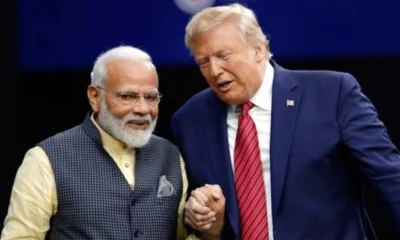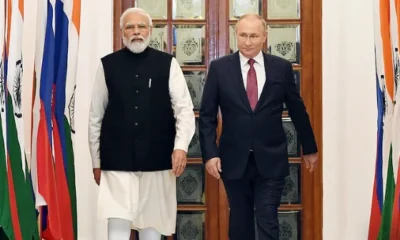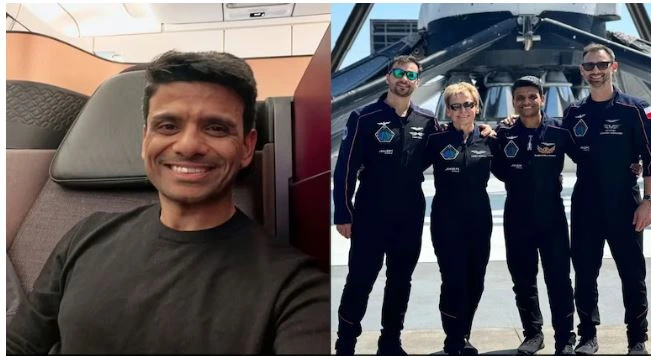Latest Science News
PM Modi consoles emotional ISRO Chief with a warm hug after Vikram contact lost

Latest Science News
Astronaut Shubhanshu Shukla to meet PM Modi after return from historic space mission
Astronaut Shubhanshu Shukla, who recently returned from the ISS as part of the Axiom-4 mission, will meet PM Modi this evening. Parliament will also hold a special discussion on his historic journey.
India News
Shubhanshu Shukla pens emotional note as he returns to India after space mission
Indian astronaut Shubhanshu Shukla penned an emotional Instagram post as he returned to India after his 18-day ISS mission, marking a milestone in India’s space journey.
Latest Science News
Shubhanshu Shukla becomes second Indian in space, lifts off for ISS aboard Axiom-4 mission
Group Captain Shubhanshu Shukla becomes the second Indian astronaut to travel to space after four decades, aboard the Axiom-4 mission to the International Space Station.
-
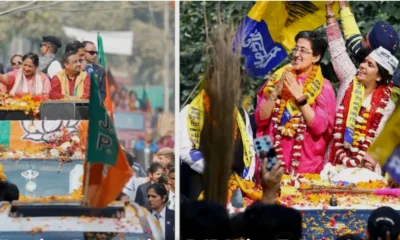
 India News23 hours ago
India News23 hours agoBJP secures 7 wards as MCD by-election results announced, AAP wins 3
-

 India News18 hours ago
India News18 hours agoAI video row erupts as Congress leader shares clip showing PM Modi as chaiwala
-

 Cricket news18 hours ago
Cricket news18 hours agoVirat Kohli hits record 53rd ODI century as India build big total in Raipur
-
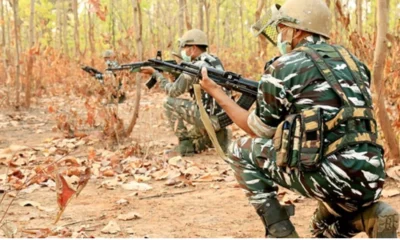
 India News13 hours ago
India News13 hours ago12 Maoists killed, 3 security personnel lose lives in major anti-Naxal operation in Chhattisgarh
-

 India News18 hours ago
India News18 hours agoCentre withdraws order on mandatory Sanchar Saathi pre-installation after protests
-
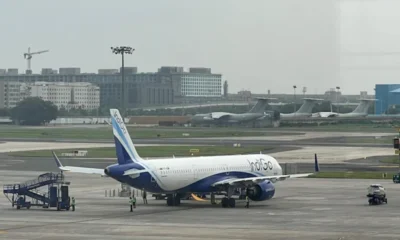
 India News14 hours ago
India News14 hours agoIndiGo flight cancellations cross 200 as crew shortage and new duty norms hit operations



